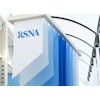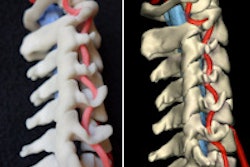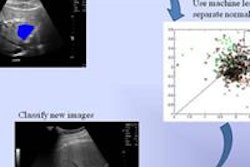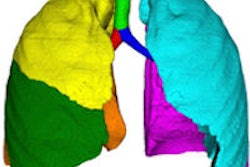Dear AuntMinnie Member,
Are you interested in starting a 3D printing service, but don't know where to begin? Look no further than our Advanced Visualization Community, where we're featuring the first article in a two-part series on the nuts and bolts of 3D printing for medical applications.
3D printing offers the exciting prospect of creating new body parts -- and someday even organs -- that are precisely tailored for patients thanks to medical imaging scans such as CT and MRI. The technology has appeal for radiology, not only for clinical applications, but also as a tool for research and education.
The Society for Imaging Informatics in Medicine (SIIM) hosted a March 31 webinar that featured the experiences of three radiologists from the University of Utah who set up their own 3D printing lab. Learn from their experiences by clicking here, or visit our Advanced Visualization Community at av.auntminnie.com.
Radiation dose from MPI
Just how much radiation dose are patients receiving from nuclear myocardial perfusion imaging (MPI) exams? A research team from Columbia University wanted to find out, and we're highlighting their results in our Molecular Imaging Community.
The researchers examined data from nearly 8,000 MPI studies performed at nuclear cardiology labs in 65 countries in 2013. They then categorized dose levels both by geographic region and patient characteristics such as gender.
What did they discover? Click here to find out, or visit our Molecular Imaging Community at molecular.auntminnie.com.
Ultrasound contrast news
Some big news shook the field of ultrasound contrast this week with the announcement that Bracco Diagnostics has received U.S. Food and Drug Administration approval for radiology indications for its Lumason ultrasound contrast agent.
The approval specifically covers the use of Lumason for focal liver lesions, and it finally enables U.S. radiologists to use ultrasound contrast for this radiology application without having to go off-label. Learn more by clicking here.



















